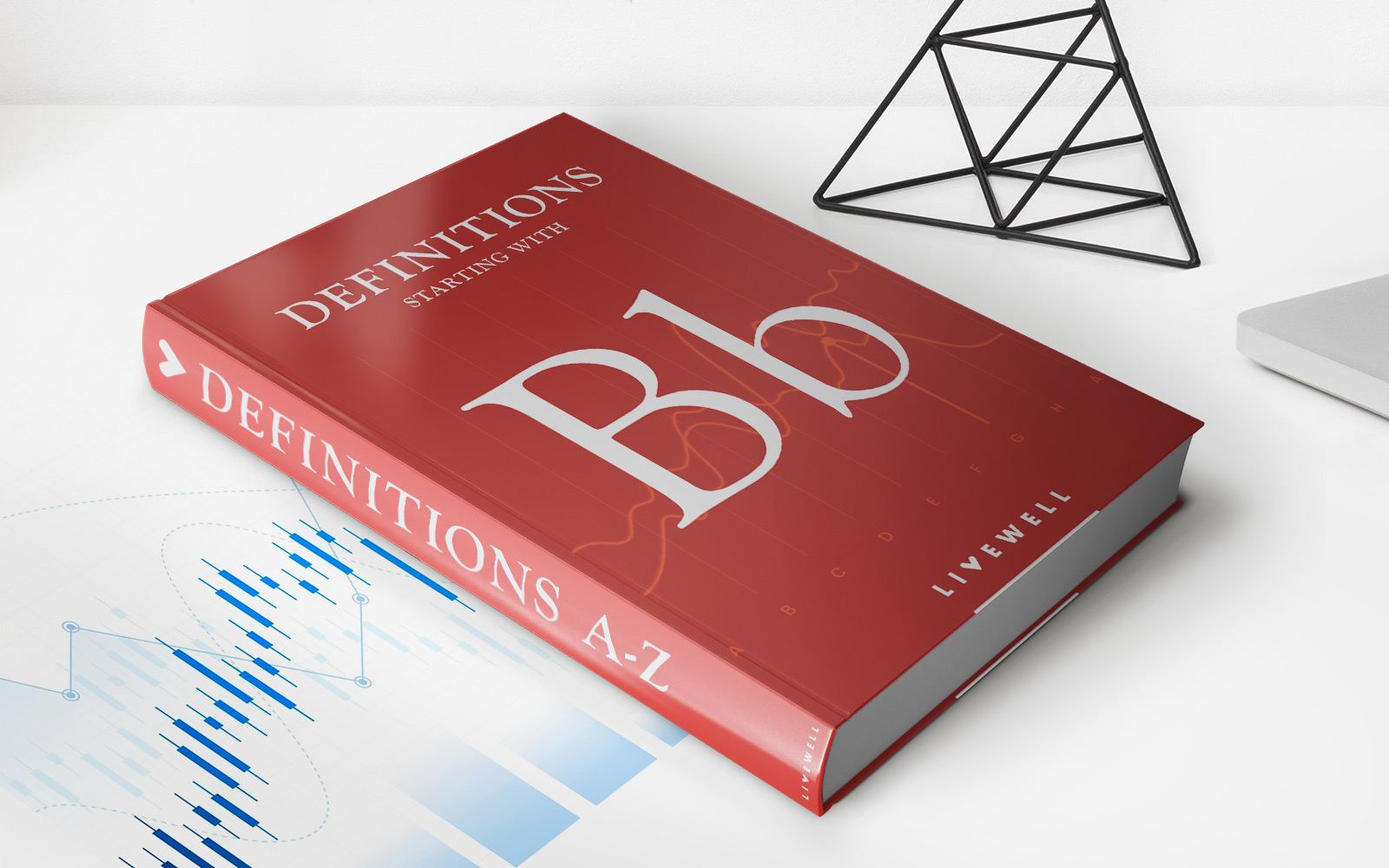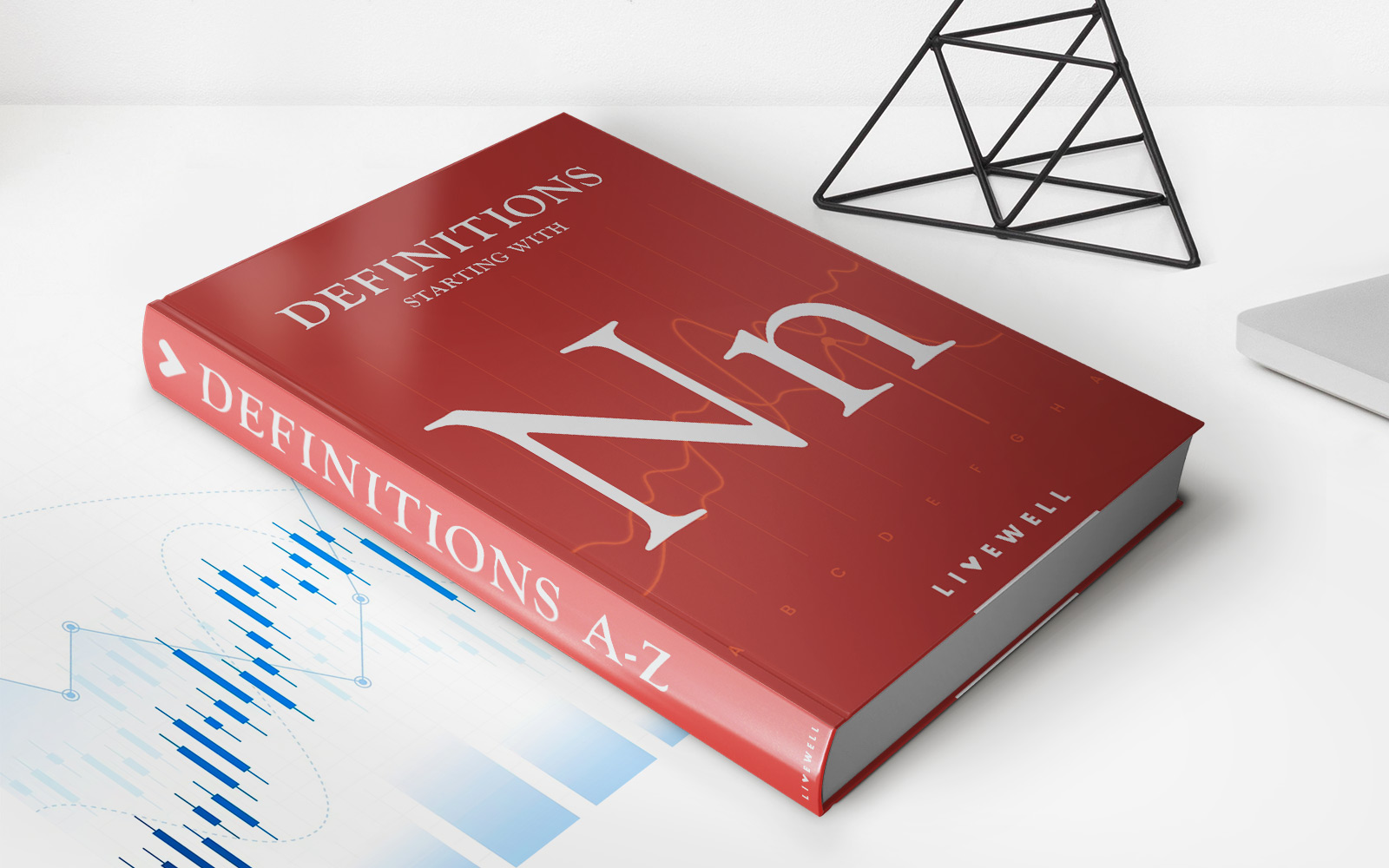Home>Finance>How To Categorize Credit Card Payments In Online Money Management Software


Finance
How To Categorize Credit Card Payments In Online Money Management Software
Published: February 28, 2024
Learn how to categorize credit card payments effectively in online money management software to streamline your finance tracking and budgeting. Optimize your financial management with our expert tips and techniques.
(Many of the links in this article redirect to a specific reviewed product. Your purchase of these products through affiliate links helps to generate commission for LiveWell, at no extra cost. Learn more)
Table of Contents
Introduction
Managing personal finances can be a daunting task, especially when it comes to tracking credit card payments. With the rise of online money management software, individuals now have powerful tools at their disposal to streamline this process. Categorizing credit card payments in online money management software is crucial for maintaining accurate financial records and gaining insights into spending habits. In this article, we will explore the intricacies of credit card payments, understand the significance of categorization, and learn how to effectively utilize online money management software to streamline this process.
Credit cards have become an integral part of modern-day financial transactions, offering convenience and flexibility to users. However, the diverse nature of credit card expenses, ranging from everyday purchases to recurring bills, can complicate the task of tracking and categorizing these payments. This is where online money management software proves to be invaluable, providing users with the ability to categorize transactions seamlessly and gain a comprehensive overview of their financial activity.
By delving into the nuances of categorizing credit card payments and leveraging the capabilities of online money management software, individuals can gain a deeper understanding of their spending patterns, identify areas for potential savings, and maintain a clear financial picture. In the following sections, we will explore the intricacies of credit card payments, delve into the process of categorization, and elucidate the steps to effectively utilize online money management software for this purpose. Let's embark on this insightful journey to unravel the art of categorizing credit card payments in online money management software.
Understanding Credit Card Payments
Credit card payments encompass a wide array of financial transactions, including purchases, bill payments, and recurring expenses. When using a credit card, individuals are essentially borrowing funds from the card issuer to make purchases, with the commitment to repay the borrowed amount along with any accrued interest. Understanding the nature of credit card payments is essential for effective financial management, as it allows individuals to grasp the impact of these transactions on their overall financial health.
One of the key aspects of credit card payments is the flexibility they offer in terms of timing. Unlike debit card transactions, where funds are immediately deducted from the linked account, credit card payments allow users to defer the actual outflow of funds until the billing cycle ends. This characteristic provides individuals with a grace period to manage their cash flow and make necessary arrangements for repayment.
Moreover, credit card payments often encompass a diverse range of expenses, including everyday purchases, utility bills, subscription services, and more. This diversity can pose a challenge when it comes to categorizing these payments effectively. For instance, a single credit card statement may include transactions related to groceries, dining out, online shopping, and utility bill payments, making it crucial to differentiate and categorize each expense accurately.
Furthermore, credit card payments may also involve cash advances, balance transfers, and fees such as annual charges or late payment penalties. Each of these components adds complexity to the overall landscape of credit card transactions, necessitating a comprehensive understanding of the various elements involved.
By gaining a holistic understanding of credit card payments, individuals can navigate the intricacies of these transactions more effectively, thereby enabling them to make informed financial decisions and maintain a clear overview of their spending patterns. This comprehension forms the foundation for the subsequent process of categorizing credit card payments, which plays a pivotal role in leveraging the capabilities of online money management software.
Categorizing Credit Card Payments
Effective categorization of credit card payments is instrumental in gaining insights into one’s spending habits and financial trends. Categorizing transactions allows individuals to allocate expenses to specific budget categories, enabling them to track where their money is being spent and identify areas for potential savings. When it comes to credit card payments, categorization serves as a means to organize diverse expenses into coherent groups, providing a comprehensive overview of one’s financial activity.
One of the primary challenges in categorizing credit card payments lies in the varied nature of expenses incurred through credit card transactions. As mentioned earlier, a single credit card statement can encompass a wide range of expenditures, from retail purchases and dining expenses to utility bills and subscription services. Effectively categorizing these transactions involves differentiating between discretionary spending, essential expenses, and recurring payments, thereby creating a structured framework for financial analysis.
Moreover, categorization enables individuals to monitor their spending patterns and identify areas where adjustments may be necessary. For instance, by categorizing credit card payments into segments such as groceries, dining out, entertainment, and utilities, individuals can discern their primary areas of expenditure and make informed decisions to align their spending with their financial goals.
Furthermore, categorizing credit card payments facilitates the creation of budgets and financial plans. By organizing expenses into distinct categories, individuals can set realistic budget targets for each spending segment, thereby fostering disciplined financial management. This proactive approach empowers individuals to proactively monitor their financial health and make necessary adjustments to their spending behavior.
Ultimately, the process of categorizing credit card payments serves as a foundational step in harnessing the capabilities of online money management software. By organizing transactions into meaningful categories, individuals can leverage the analytical tools provided by these platforms to gain valuable insights into their financial habits, identify trends, and make informed decisions to optimize their financial well-being.
Using Online Money Management Software
Online money management software offers a comprehensive suite of tools designed to simplify the process of tracking and categorizing credit card payments. These platforms provide users with intuitive interfaces, robust features, and analytical capabilities that empower individuals to gain a deeper understanding of their financial activity and make informed decisions regarding their spending and saving habits.
One of the primary advantages of using online money management software is the ability to aggregate financial data from various sources into a single, centralized platform. This includes linking credit card accounts, bank accounts, investment portfolios, and other financial assets, providing users with a holistic view of their financial landscape. By consolidating this information, individuals can streamline the process of categorizing credit card payments and gain a comprehensive overview of their financial health.
Furthermore, online money management software often leverages automation to categorize transactions seamlessly. Through machine learning algorithms and transaction recognition technology, these platforms can intelligently categorize credit card payments based on predefined rules and user-defined parameters. This automation not only saves time and effort but also ensures accuracy in the categorization process.
Moreover, online money management software offers robust reporting and visualization tools that enable users to analyze their credit card payments in a clear and concise manner. From interactive graphs and charts to customizable reports, these features allow individuals to identify spending trends, monitor budget adherence, and gain valuable insights into their financial behavior.
Additionally, many online money management platforms provide budgeting tools that integrate seamlessly with categorized credit card payments. Users can set budget targets for specific expense categories, track their progress, and receive alerts or notifications when they approach or exceed their budget limits. This proactive approach to budgeting empowers individuals to exercise greater control over their finances and make informed decisions to achieve their financial goals.
Ultimately, online money management software serves as a powerful ally in the endeavor to categorize credit card payments effectively. By harnessing the capabilities of these platforms, individuals can streamline the categorization process, gain valuable insights into their financial habits, and embark on a journey towards enhanced financial well-being.
Steps to Categorize Credit Card Payments
Categorizing credit card payments in online money management software involves a systematic approach to ensure accuracy and efficiency. By following a series of structured steps, individuals can streamline the categorization process and gain valuable insights into their spending habits. Below are the essential steps to effectively categorize credit card payments using online money management software:
- Linking Credit Card Accounts: The first step involves linking credit card accounts to the online money management software. This typically requires providing authorization for the platform to access transaction data from the credit card issuer. Once linked, the software can retrieve transaction details, enabling users to categorize payments seamlessly.
- Reviewing Transactions: Upon accessing transaction data, it’s essential to review and verify each credit card payment. This involves scrutinizing the transaction descriptions, dates, and amounts to ensure accuracy. Online money management software often provides tools for filtering and sorting transactions, simplifying the review process.
- Assigning Categories: After reviewing transactions, users can assign appropriate categories to each credit card payment. Categories may include groceries, dining, utilities, entertainment, travel, and more. Some platforms offer customizable category options to align with individual spending preferences.
- Creating Custom Rules: To streamline future categorization, users can create custom rules within the online money management software. These rules automatically assign categories to transactions based on predefined criteria, reducing the manual effort required for ongoing categorization.
- Utilizing Split Transactions: In cases where a single credit card payment encompasses multiple expense categories, the software’s split transaction feature can be utilized. This allows users to allocate specific amounts to different categories within a single transaction, ensuring accurate categorization.
- Monitoring and Adjusting: Once credit card payments are categorized, it’s important to monitor the ongoing accuracy of categorization. Users should regularly review their categorized transactions, make adjustments as necessary, and refine custom rules to enhance the precision of future categorization.
- Utilizing Reporting Tools: Online money management software often offers robust reporting tools that generate insights into categorized credit card payments. Users can leverage these reports to analyze spending patterns, track budget adherence, and identify opportunities for financial optimization.
By following these steps, individuals can effectively categorize credit card payments using online money management software, thereby gaining a comprehensive understanding of their financial activity and fostering informed decision-making regarding their financial well-being.
Conclusion
Categorizing credit card payments in online money management software is a pivotal aspect of effective financial management. By understanding the diverse nature of credit card transactions and leveraging the capabilities of these platforms, individuals can gain valuable insights into their spending habits, track their financial health, and make informed decisions to optimize their financial well-being.
Through the process of categorization, individuals can allocate credit card expenses to specific budget categories, enabling them to discern their primary areas of expenditure and identify opportunities for potential savings. This structured approach empowers users to monitor their financial activity, create realistic budgets, and proactively manage their spending behavior.
Online money management software serves as a powerful ally in this endeavor, offering intuitive interfaces, robust features, and analytical tools that streamline the categorization process. By aggregating financial data, automating categorization, and providing insightful reporting capabilities, these platforms enable individuals to gain a comprehensive overview of their credit card payments and make informed decisions regarding their financial habits.
Ultimately, the art of categorizing credit card payments in online money management software transcends mere financial organization—it paves the way for enhanced financial awareness and empowerment. By embracing this practice, individuals can embark on a journey towards financial clarity, prudent decision-making, and the pursuit of their long-term financial goals.
As technology continues to evolve, the integration of artificial intelligence and machine learning in online money management software holds the promise of further enhancing the categorization process, providing users with even more sophisticated tools to analyze and optimize their credit card payments. This ongoing advancement underscores the importance of staying abreast of technological developments and leveraging these innovations to fortify one’s financial acumen.
In conclusion, the endeavor to categorize credit card payments in online money management software represents a proactive step towards financial empowerment and informed decision-making. By embracing this practice and harnessing the capabilities of modern financial tools, individuals can embark on a journey towards financial well-being, prudent resource allocation, and a clearer path to achieving their financial aspirations.














